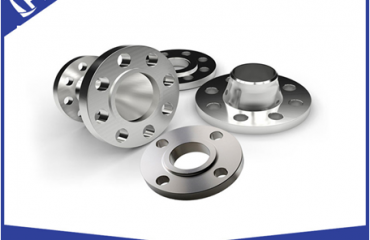The solid solution process of stainless steel flange has a great influence on the corrosion resistance and appearance brightness of stainless steel, and plays a decisive role in the processing performance of stainless steel. Therefore, the heat treatment process of stainless steel is very important in the production of stainless steel flange.
1、 Solution temperature. According to the characteristics of chemical composition of stainless steel, the solution temperature of stainless steel should be 950-1150 ℃, so as to achieve the softening effect, reduce the hardness of stainless steel to within 220hv, and meet the quality requirements of flange installation and clamping. If the temperature control is not reasonable, it is easy to produce various quality defects.
2、 Solution time. During the heating process of austenitic stainless steel, the content of residual ferrite decreases with the increase of heating time. Therefore, the solution treatment of stainless steel flange should be controlled at 1050 ℃ to make the carbon saturated and improve the corrosion resistance. Then it is cooled rapidly in the air to achieve the solid solution effect.
3、 Solution speed and heat preservation. The thermal conductivity of stainless steel is relatively low, which is only 27% of that of carbon steel at room temperature. Therefore, the temperature rise process of stainless steel should be carried out slowly at low temperature. If the heating speed is too fast, it is easy to produce deformation, the temperature rise speed of stainless steel should be controlled in the solid solution, and attention should be paid to the holding time. If 316L steel is kept at 1100 ℃ for a long time, the content of residual ferrite will decrease.
In our solid solution production, the solid solution of stainless steel flange needs to go through the process of heating, heat preservation and time cooling. The whole process takes about 40 minutes.
 Language
Language Espanol
Espanol English
English Italian
Italian عربى
عربى
 Skype: chinamaker99
Skype: chinamaker99  Tel: 86-316-5120812
Tel: 86-316-5120812 Email:
Email:  Whatsapp:
Whatsapp: 

